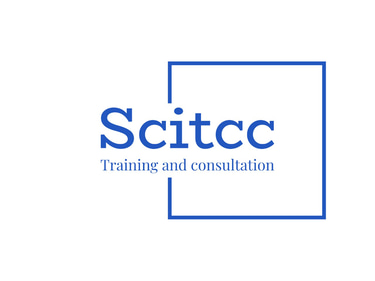
Educational Design Professional
Educational Design Professional
$5200.00
Course objectives:
Understanding the basics of instructional design:
Understanding the basic concepts of instructional design.
Understanding the importance of instructional design in improving the effectiveness of the educational process.
Preparation and design of professional educational content:
Learn techniques for writing and developing effective educational content.
Using appropriate methods to design training programs.
Using modern instructional design tools and techniques:
Learning to use various instructional design tools and software (such as Articulate, Adobe Captivate).
Learn how to add interactive elements to enhance learning.
Applications of instructional design in multiple environments:
Using instructional design in various educational environments (e-learning, face-to-face learning, blended learning).
How to design targeted and effective learning paths.
Measuring and evaluating the effectiveness of instructional design:
Learn how to evaluate the effectiveness of educational content and design through performance measurement tools.
Using feedback and evaluations to improve future designs.
Target audience of the course:
Teachers and trainers who wish to improve their skills in designing educational content.
Educational designers who wish to expand their knowledge of modern tools and methods for designing educational content.
Those interested in e-learning and who wish to learn how to build effective educational programs using modern technologies.
Managers and educational planners who seek to improve the training programs offered within their institutions.
Learning method:
Theoretical and guiding lectures:
Sessions to present the basic concepts and theories related to education and instructional design.
Practical exercises and applied projects:
Designing educational projects in multiple environments using educational tools.
Working on designing training content individually and collectively.
Discussion and experience-sharing sessions:
Discussions with trainers and students about best practices in instructional design.
Providing live examples and case studies to apply the acquired concepts.
Interactive evaluations:
Providing continuous assessments in the form of short tests or practical challenges to ensure skill comprehension.
Individual mentoring sessions:
Special support for students in solving problems related to their educational content designs.
The training program is divided into:
Day One: Introduction to Instructional Design
Definition of instructional design.
The theoretical and practical foundations of instructional design.
Identifying educational needs.
Day Two: Tools and Techniques of Instructional Design
Familiarization with design tools and software.
Training on using interactive content design software.
Analysis of practical examples of successful educational designs.
Day Three: Creating Educational Content
How to write effective educational content.
Using visual elements (images, videos, illustrations).
Working on designing an interactive educational material.
Day Four: Applications in Different Learning Environments
Designing electronic lessons (e-learning).
Applications of (Blended Learning).
In-person and interactive education.
Day Five: Evaluating and Improving the Effectiveness of Instructional Design
Measuring the effectiveness of the design using evaluation tools.
Improving content design based on feedback.
Case study and analysis of evaluation results.
Expected outcomes after the course ends:
Mastering the instructional design process comprehensively.
The ability to design and develop professional training content.
Applying modern tools to improve and evaluate the effectiveness of educational programs.
The ability to adapt to different learning environments.


